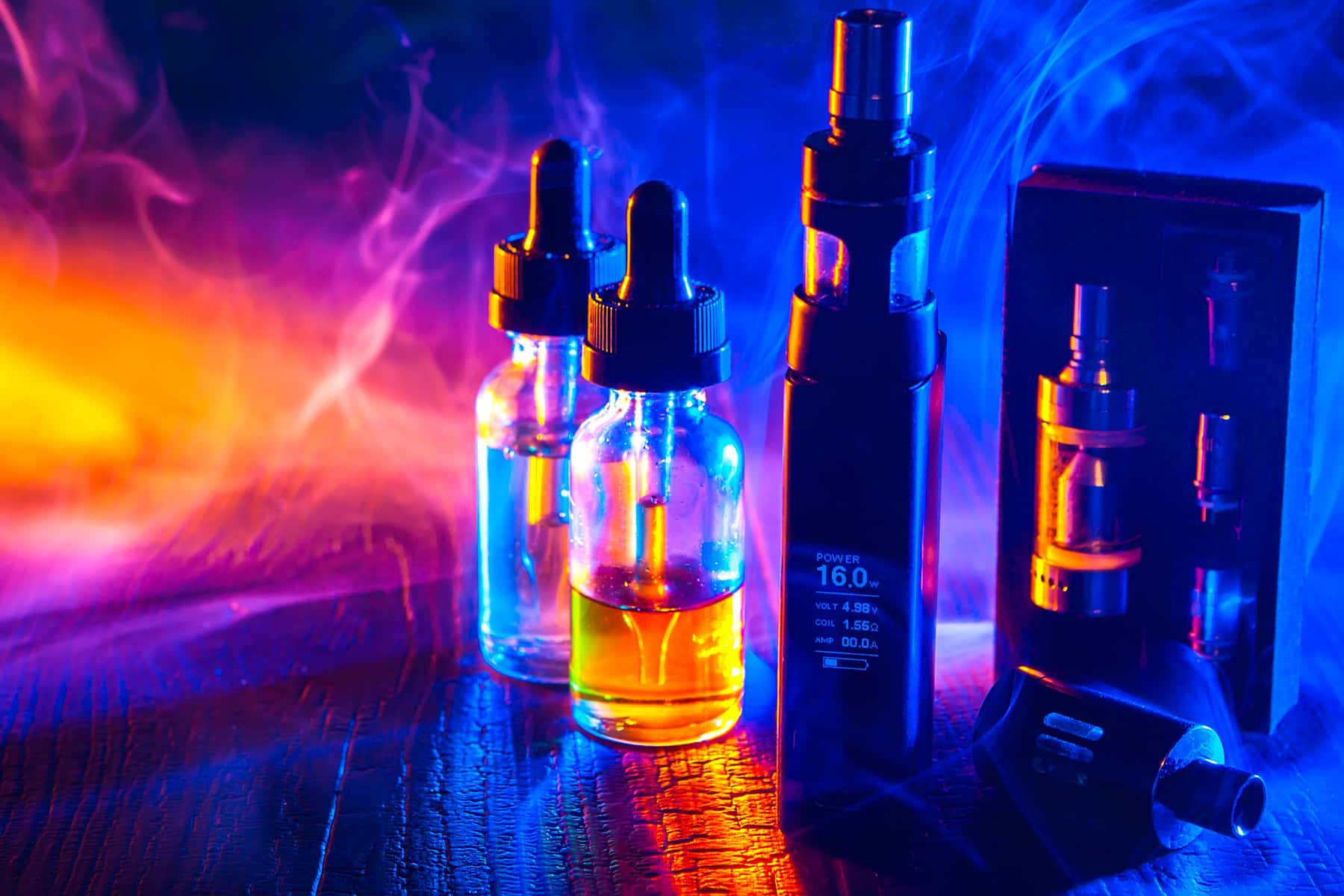
By Leah Ranney, Director of Tobacco Prevention and Evaluation, University of North Carolina at Chapel Hill
In 2018, more than 4 million high schools students and 840,000 middle schools students used any tobacco product, with e-cigarettes driving the surge. The increase among high school students represented a 78% increase, according to the Food and Drug Administration.
The upsurge started in 2011, when 1.5 percent of high school students, or 220,000, reported e-cigaratte usage in the past 30 days. In 2018, 20.8 percent, or 3.01 million, high school students surveyed reported e-cigarette use in the past 30 days. There is strong reason to believe that flavoring, such as mango, cucumber, strawberry lemonade, and others are a factor in the increase. I work in the field of tobacco control and have conducted studies that show that flavors lead kids to underestimate the risk of tobacco products. Research shows that flavored tobacco products have the potential to undermine progress gained to reduce youth tobacco use in the United States.
Strategic flavoring
The increase in e-cigarette usage by youth is not by chance. Tobacco companies have spent billions of dollars annually on tobacco product advertisement, according to a Federal Trade Commission report, and have used appealing packaging, culturally tailored brand names and advertisements that appear to target specific minorities and youth.
The colorful packaging and other strategies employed by the tobacco and e-cigarette industry contribute to lower harm perceptions of these products and increase susceptibility to use among young people, according to researchers at the Center for Global Tobacco Control, Harvard School of Public Health and recent research on cigarillo packaging I conducted with my research team. While tobacco companies spend billions on their own research, those of us who study public health, specifically tobacco control and prevention have conducted our own research.
Using a survey of young adults aged 18 to 26 recruited through an online crowd-sourcing tool, our group of researchers at the University of North Carolina School of Medicine found in a study published in PLOS ONE that cigarillo pack flavor descriptors, such as grape and sweet, and colors such as pink and purple, resulted in more favorable product perceptions among young adults. These pack attributes had a greater impact on how people who had never used cigarillos perceived product flavor and taste, compared to current cigarillo users, and people who have previously used them.
Further, we conducted a systematic review of all the scientific literature through April 2016 examining the impact of flavors on tobacco product perceptions and use behaviors. Important findings from this study, published in Tobacco Control, suggested that flavored tobacco products have a strong appeal to youth and young adults because of the variety and availability of flavors; that flavors are a reason for use; and that flavors play a primary role in the use of e-cigarettes, little cigars and cigarillos, and hookah among younger people.
Two studies within our systematic review found packs containing flavor descriptions were more likely to be rated by youth as having a lower health risk. Another study of smokeless tobacco packs in the U.S. found that young adults were more likely than older adults to report that packs without flavor descriptions would contain more dangerous chemicals.
Why this is dangerous
Research and survey data have shown that tobacco habits in this age group are changing. Youth cigarette smoking rates have declined substantially in recent years, with the National Youth Tobacco Survey showing current use of cigarettes declining from 15.8% in 2011 to 7.6% in 2017 among high school students, according to data from experts at the CDC and FDA. Meanwhile, e-cigarettes were the most commonly used product in that population in both middle and high school students in the survey data.
But while traditional cigarette smoking has declined, patterns of dual (that is, use of two or more tobacco products in 30 days) and poly tobacco use (or the use of three or more tobacco products in 30 days) have emerged. In 2013, in a survey of North Carolina high school students, almost 30% reported use of any tobacco product, according to a study from our team published in 2015 in the International Journal of Environmental Research and Public Health.
Within this sample, 19.1% used multiple tobacco products, compared with just 10.6% of the sample who were single product tobacco users. Youth predominately used cigarettes in combination with little cigars and cigarillos, or cigarettes with e-cigarettes.
Using data from the 2015 North Carolina Youth Tobacco Survey, we found that among survey respondents who were not susceptible to smoking cigarettes, 26% were at “high risk” for future e-cigarette use; 11.3% were classified as “susceptible” to using e-cigarettes; 10.4% had already tried an e-cigarette; and 4.5% were current e-cigarette users.
Using school enrollment figures, we estimated that 55,725 high school students in our home state of North Carolina were at low risk of smoking cigarettes, but at high risk for e-cigarette use – which meant that they were susceptible to using e-cigarettes, had experimented with e-cigarettes, or currently used e-cigarettes. On a national scale, these findings are a considerable public health problem.
Specifically, high school students who believed that e-cigarettes and secondhand e-cigarette vapor were not harmful, or only somewhat harmful, were more likely to be susceptible to using e-cigarettes than students who thought e-cigarettes and secondhand e-cigarette vapor were harmful, our study found.
Moreover, exposure to e-cigarette vapor in indoor or outdoor public places was associated with greater odds of being susceptible to using e-cigarettes. This could mean that restricting secondhand exposure to vapor of e-cigarettes in public places, such as in school buildings, stores, restaurants, school grounds and parks, and mass media efforts to educate youth about the harms of e-cigarette use could be just as necessary as restricting access to these products.
We know that teenagers are very vulnerable to the influence of tobacco marketing. The use of appealing packages and flavors has a significant impact on young people, causing them to perceive these tobacco products as less harmful and, in turn, making them more likely to experiment and continue using tobacco products. As research on the impact of flavored tobacco products builds, I look forward to increased action to help prevent youth tobacco use.
Originally published on The Conversation as Flavored e-cigarettes sweetly lure kids into vaping and also mislead them to dismiss danger, studies suggest
Support evidence-based journalism with a tax-deductible donation today, make a contribution to The Conversation.















